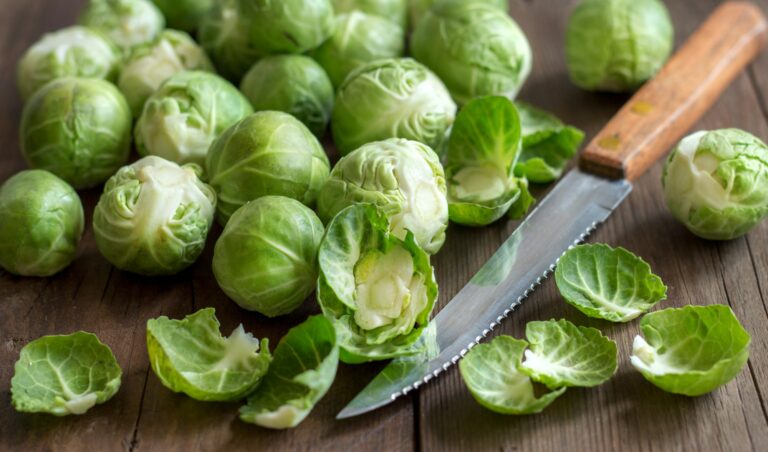Master the Art of Transplanting Hostas: A Comprehensive Guide

If you’re a fan of hostas, then you’re well aware of the beauty and versatility they bring to any garden. These herbaceous perennials are a favorite among shade-loving gardeners in USDA Hardiness Zones 2 to 8. With their vibrant leaves in shades of green, white, yellow, and variegated patterns, hostas can brighten up even the darkest corners of your landscape.
But what do you do when you need to move these beloved plants from one part of your garden to another? Transplanting hostas can be a delicate process, but with the right tips and techniques, you can ensure a successful relocation without causing undue stress to the plants. In this comprehensive guide, we’ll walk you through everything you need to know about transplanting hostas, from the best time to transplant to how to care for your plants after the move.
Why Transplant Hostas?
There are many reasons why you might need to transplant hostas in your garden. Whether you’re looking to thin out a crowded patch, create a new garden bed, or simply rearrange your landscape design, moving hostas is a common task for gardeners. By following the tips outlined in this guide, you can ensure that your hostas thrive in their new location and continue to bring beauty to your garden for years to come.
5 Essential Tips for Transplanting Hostas
Transplanting hostas doesn’t have to be a daunting task. By following these five essential tips, you can ensure a smooth and successful move for your plants:
- Partner with Nature
- Transplant hostas in early spring when new shoots appear, signaling the end of winter dormancy.
- Avoid moving fully developed foliage to minimize the risk of leaf damage and pest infestations.
-
Take advantage of spring rain to foster strong root growth and reduce the need for supplemental watering.
-
Be Prepared
- Choose a new location with full to dappled shade and prepare the soil beforehand.
- Work the soil down 12 to 14 inches and twice to three times as wide as the clump you are relocating.
-
Ensure the soil is organically rich, well-draining, and has a neutral pH of 6.5 to 7.5.
-
Work Smart
- Avoid watering the day before or the day of transplanting.
- Use a long-handled shovel or garden fork for lifting heavy clumps.
- Divide the clump into smaller pieces if desired, but keep all soil attached to the roots for a smoother transition.
-
Consider mature dimensions when relocating hostas to prevent overcrowding in the future.
-
Transition Quickly
- Plant uprooted hostas immediately to minimize transplant shock.
- If you need to delay planting, store the uprooted clump in a cool, shady location with a damp towel over the root ball.
-
The longer hostas are out of the ground, the slower their recovery will be, so plant them as soon as possible.
-
Nourish and Nurture
- Plant hostas at the same height as in their original location, or slightly above ground level to prevent rotting roots.
- Create a “moat” around the plant to aid water retention and apply a slow-release fertilizer.
- Add a layer of mulch to retain moisture and water regularly, aiming at the soil rather than the leaves to prevent fungal growth.
- Feed hostas monthly to support healthy growth, avoiding direct contact with the foliage.
Additional Hosta Care Tips
In addition to the tips outlined above, there are a few extra care considerations to keep in mind when transplanting hostas:
-
Monitor Moisture: Keep the soil moist while hostas are establishing themselves in their new location. Provide an inch of water per week in the absence of rain, ensuring thorough watering without oversaturation.
-
Fertilize Regularly: Feed hostas monthly with an all-purpose, slow-release granular fertilizer to support healthy growth. Avoid direct contact with the foliage to prevent burning.
-
Watch for Signs of Stress: Keep an eye on your transplanted hostas for any signs of stress, such as wilting or discoloration. With proper care and attention, your plants will bounce back with vigor.
By following these comprehensive tips and techniques, you can ensure a successful transplanting process for your hostas and enjoy lush, vibrant foliage in your garden for years to come.
Do you grow hostas in your garden? Have you tried transplanting them before? Share your experiences and tips in the comments below!
If you’re looking for more information on hostas, check out these recommended articles:
– How to Grow Hostas in Containers
– Why Are My Hosta Leaves Turning Yellow?
– 19 Favorite Hosta Varieties
Remember, mastering the art of transplanting hostas is a valuable skill for any gardener. With the right knowledge and techniques, you can ensure that your hostas thrive in their new environment and continue to bring beauty to your garden for years to come. Happy gardening!





